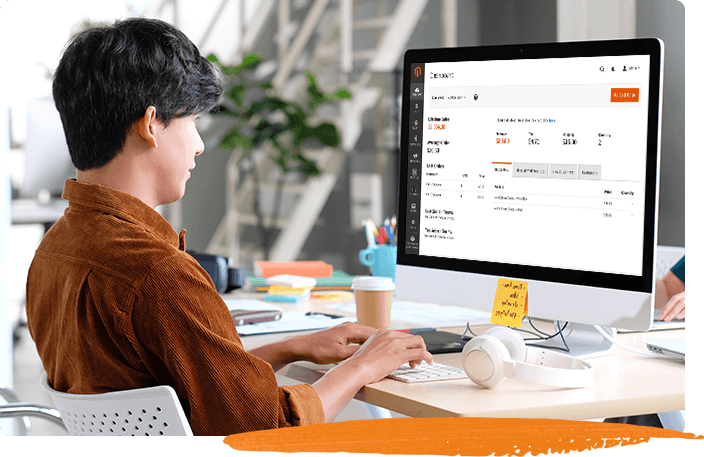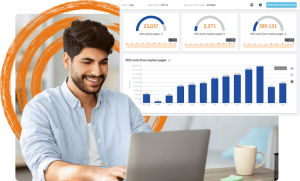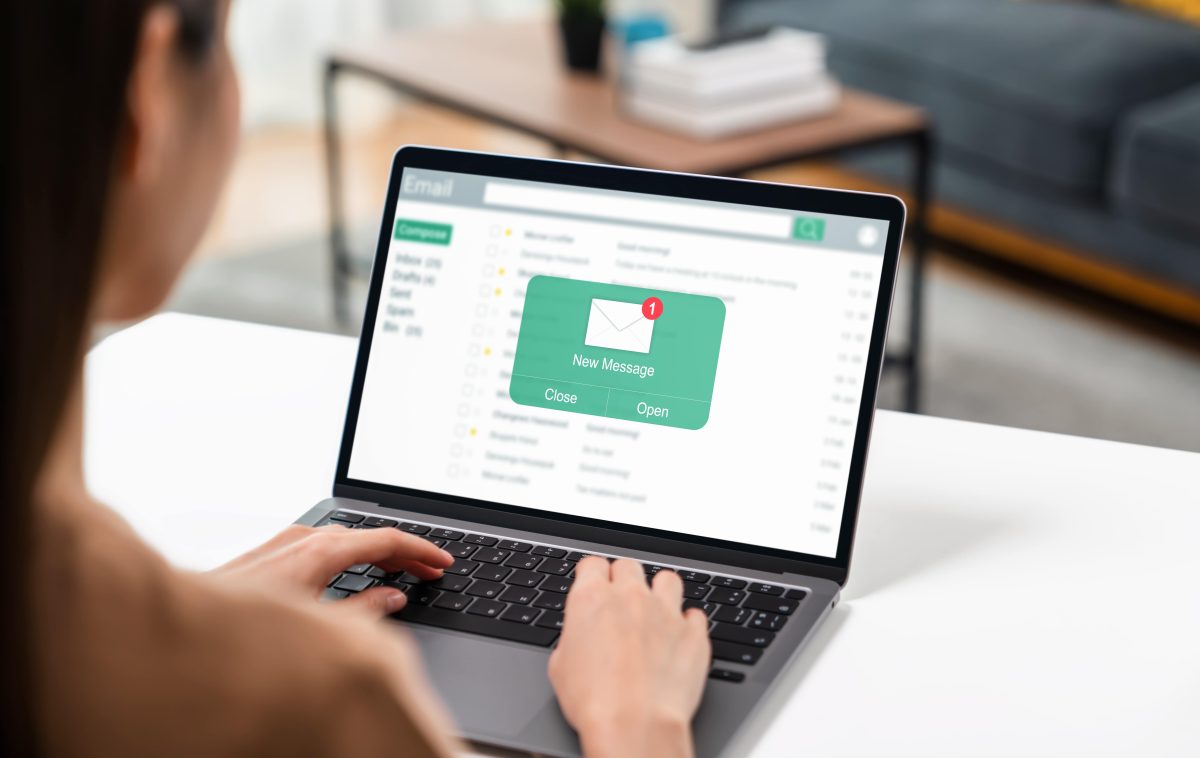Email marketing automation is an incredibly powerful tool that not only saves your business time and resources, but also helps you build better relationships with your audience. If you want a step-by-step guide on setting this up, these five steps to email automation should get you started.
1. Choose an email marketing automation tool that best fits your needs
Choosing the right email marketing automation tool is a crucial step that can significantly impact the success of your email campaigns. With so many options available today, it’s important to consider factors such as your budget, the size of your email list, the complexity of your automation needs, and any necessary integrations.
Take your time in making a decision and don’t hesitate to try out different tools before making a final choice. Comparing Mailchimp vs ActiveCampaign vs Klaviyo – three of the most popular options for email automation systems – might be a good place to start.
2. Create segmented email lists based on demographics, persona, and/or behaviour
Segmentation is a powerful tool that allows you to group email lists according to different criteria, such as common interests, traits, demographics, and behaviour. This step is also important because it tells your automation tool who to send emails to, allowing you to deliver messages tailored to each group’s unique needs and preferences.
Crafting messages that resonate with each segment is a surefire way to build stronger relationships and promote brand loyalty, ultimately leading to more conversions and revenue for your business.
3. Set up custom enrolment and unenrolment triggers (events or conditions) that activate the automation sequence
Triggers are critical for automating your email campaigns. They are responsible for activating sequences (ie. sending emails to people) and identifying other actions to perform (eg. sending a follow-up email, removing someone from a list, etc.) based on a user’s responses.
One example of a trigger is someone subscribing to your newsletter. This is an event that enrols a person into an email sequence, which would eventually end when a specific condition, such as that person making a purchase from your site, is met.
This step can be very complex because you’ll need to anticipate user behaviour and map out all the possible ways they might interact with your business. However, if you take your time with it, you can create highly sophisticated sequences that automatically send specific emails based on very specific conditions.
4. Design email campaigns for every trigger and tailor them to your goals
Once you’ve segmented your list and set up triggers, it’s time to create the actual email(s) you’ll send. Analyse different factors about your audience to get your messaging and timing right, then consider the design so that it effectively gets your message across.
Personalisation is another critical factor to consider. When you tailor your emails to each individual subscriber, you can build stronger relationships with your audience and improve the chances of them taking action. Examples include using their name in the subject line, referencing their previous purchases or interactions with your business, or sending them different versions of an email based on their interests and behaviour.
5. Activate your automations and track their performance so you can optimise for better results
Once you’ve set everything up correctly, activate your automations but remember to track results. This is an important step because it lets you see how your email campaigns are performing and make adjustments where necessary. By monitoring different metrics, such as open rates, click-through rates, and conversion rates, you can gain valuable insights to improve the effectiveness of your email campaigns.
You can further enhance your email automation by conducting A/B testing on different elements of your emails, such as subject lines, call-to-action buttons, and content placement. This allows you to see which variations perform best and make data-driven decisions for future campaigns.
It is also important to keep up with industry trends and best practices in email marketing. Staying informed and implementing new strategies will help you to optimise your email automation and achieve better results over time.
Automate Your Email Marketing Campaigns Today
Give your business an upper hand by investing in email automation today. To get started, check out our range of marketing automation solutions and email marketing services, which are designed to give you cost-effective results that matter.
Contact us today to talk about your needs and goals.







